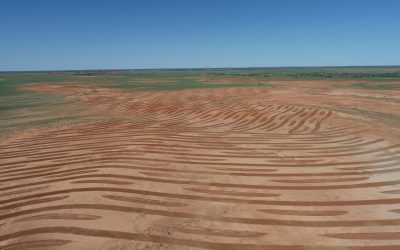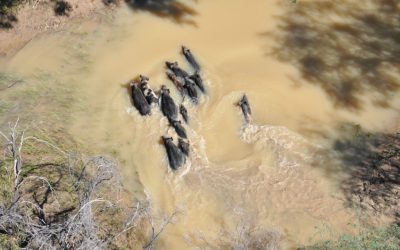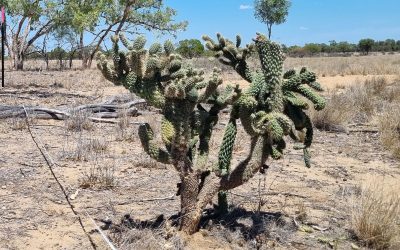Investing in our future.
We partner with landholders, government and communities to ensure the long-term sustainability and condition of our region’s soil, water, pasture, biodiversity and natural resources.
Land Condition
Restoring and revegetating bare ground country that has been barren for decades.
Feral Pigs
Feral pigs devastate environmental, livestock and natural resources, and only a targeted and coordinated control effort will keep numbers down for good.
Invasive Cactus
Cactus weeds have become more aggressive in our region due to climate shifts, drought and rainfall variability.
Springs
Lying beneath parts of the Northern Territory, Queensland, South Australia, and New South Wales, the Great Artesian Basin, (GAB) is Australia’s largest groundwater basin and one of the largest underground freshwater resources in the world.
Waddy Trees
Occurring in isolated populations on the fringe of the Simpson Desert in inland Australia, the Waddi tree is one of the country’s rarest trees.
Watertight
The Queensland Government has established the WaterTight program to be carried out by the Natural Resource Management groups
Resources & News
Desert Channels Queensland is supported by the Australian Government's National Landcare Programme and the Queensland Government








